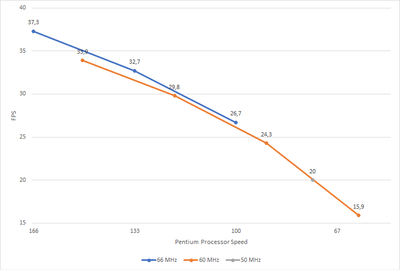Reply 20 of 67, by H3nrik V!
- Rank
- Oldbie
Anonymous Coward wrote on 2020-02-05, 01:55:mpe wrote on 2020-02-04, 13:28:But it wasn't that important as the 75 MHz was the only CPU to use the 50 MHz bus so IMHO it wasn't worth it.
This may not be *entirely* true. As far as I recall there was a second (far less common) CPU from intel that used the 50MHz bus...a gimped version of the P100 that ran at 2x50 (probably a substandard part). I'll have to check CPU World again for the S-spec, but I think this CPU might have also run at a higher non-standard voltage too.
Uuuuh .. A Pentium variant i don't have in my collection .. 😁
Please use the "quote" option if asking questions to what I write - it will really up the chances of me noticing 😀
